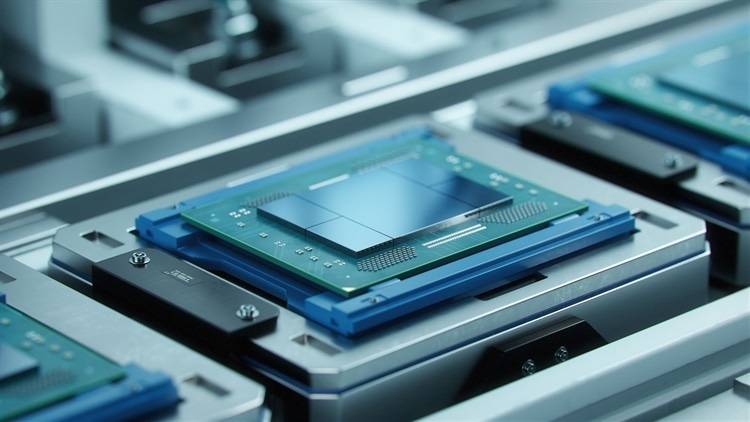Nanotechnology in AI: Building Faster, Smaller, and Smarter Systems

As artificial intelligence (AI) rapidly advances, the physical limitations of conventional semiconductor hardware have become increasingly apparent. AI models today demand vast computational resources, high-speed processing, and extreme energy efficiency—requirements that traditional silicon-based systems struggle to meet. However, nanotechnology is stepping in to reshape the future of AI by offering solutions that are faster, smaller, and smarter at the atomic scale.
The recent article published by AZoNano provides a compelling overview of how nanotechnology is revolutionizing the design and operation of AI systems, pushing beyond the constraints of Moore’s Law and Dennard scaling. Through breakthroughs in neuromorphic computing, advanced memory devices, spintronics, and thermal management, nanomaterials are enabling the next generation of intelligent systems.
The Bottleneck of Traditional Architectures
While silicon transistors have long been the workhorses of modern electronics, they are reaching their physical miniaturization limits. At nanoscale dimensions, traditional transistors face performance degradation and excessive energy dissipation. Moreover, the exponential growth in AI training requirements—doubling every few months—has outpaced the ability of current hardware to keep up efficiently.
Nanotechnology: A Game Changer for AI
Nanotechnology offers a paradigm shift by allowing material and device design at the atomic level. One of the most promising applications is in-memory computing (IMC), which processes data where it is stored—drastically reducing the energy cost of data movement. Nanomaterials like 2D halide perovskites have shown excellent promise here, mimicking biological synapses with adjustable conductivity and delivering remarkable computational precision.
Another major innovation is neuromorphic computing. By emulating the structure and function of the human brain, nanomaterials such as zinc oxide nanodots and carbon nanotube-molybdenum disulfide heterostructures are enabling low-power, spike-based neural processing. These systems are not only energy-efficient but also capable of adaptive learning and real-time decision-making.
Addressing AI’s Energy and Thermal Footprint
AI’s escalating power consumption has drawn criticism for its environmental impact. Nanotechnology presents powerful solutions. For instance, memristive devices built from graphene, titanium dioxide, and molybdenum can reduce energy usage by over 100,000 times compared to traditional hardware, without sacrificing accuracy.
Thermal management is another area where nanoscale engineering excels. Conventional thermal interface materials (TIMs) are often inefficient due to interfacial resistance. However, colloidal TIMs using Galinstan and aluminum nitride have demonstrated exceptional heat dissipation capabilities—handling up to 2,760 W from a 16 cm² area and reducing power needs by 65% when combined with microchannel cooling systems.
Next-Gen Storage and Magnetic Switching
Nanotechnology is also driving radical improvements in data storage density and speed. Devices such as memristors and quantum dot memories can store data at unprecedented densities, supporting the heavy loads required for AI model training. Additionally, spintronics-based magnetic switching systems have achieved switching energies in the femtojoule range—paving the way for ultrafast, energy-efficient memory devices.
The Future: Integration and Scale-Up
While nanotech breakthroughs are promising, integrating them into scalable AI systems remains a challenge. Future success depends on our ability to design novel architectures, develop new manufacturing techniques, and harmonize nanoscale components with existing silicon infrastructure. But one thing is clear: nanotechnology is no longer just a futuristic concept—it is the foundation of tomorrow’s AI.
Sponsored by PWmat (Lonxun Quantum) – a leading developer of GPU-accelerated materials simulation software for cutting-edge quantum, energy, and semiconductor research. Learn more about our solutions at: https://www.pwmat.com/en
📘 Download our latest company brochure to explore our software features, capabilities, and success stories: PWmat PDF Brochure
📞 Phone: +86 400-618-6006
📧 Email: support@pwmat.com

Comments
Post a Comment